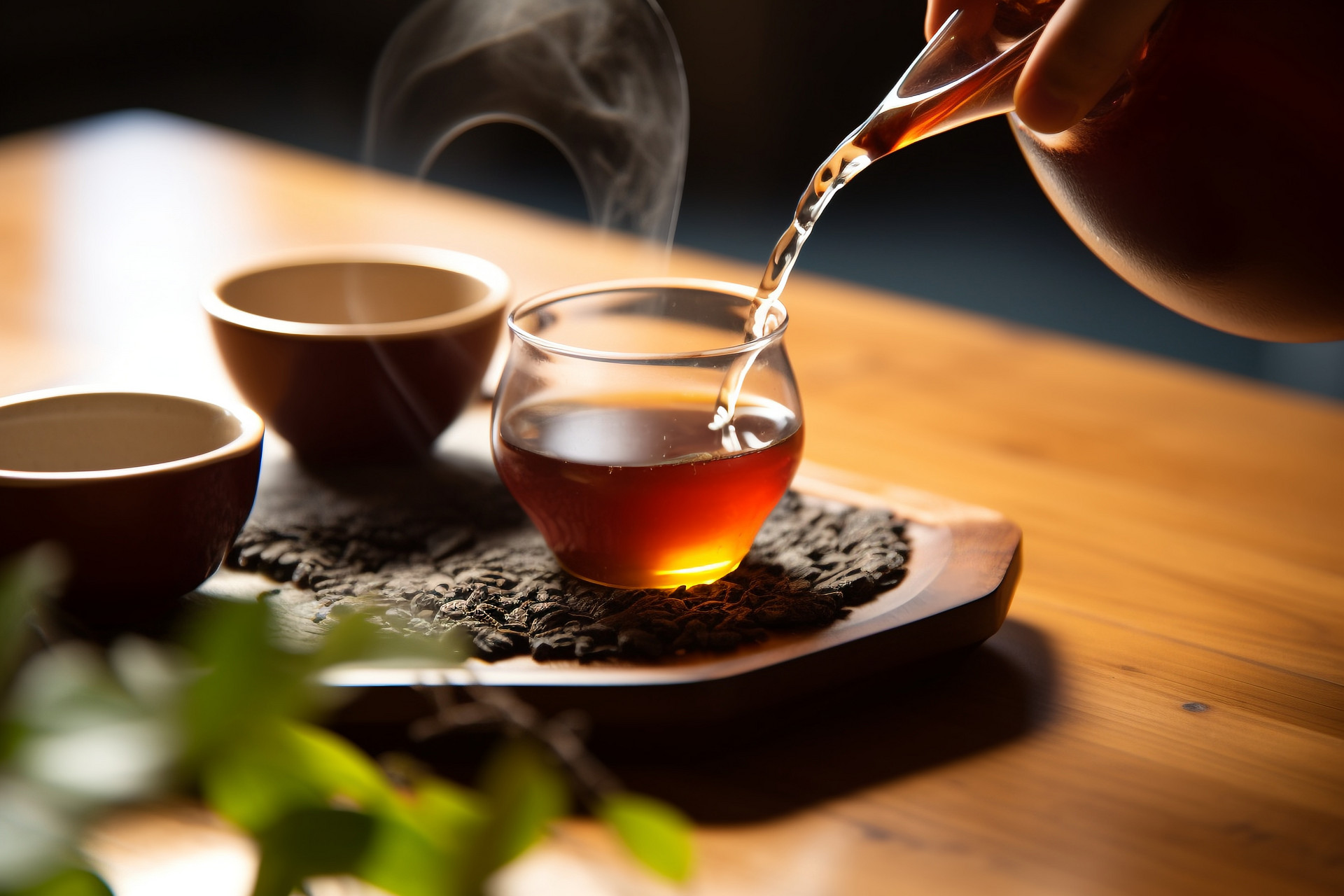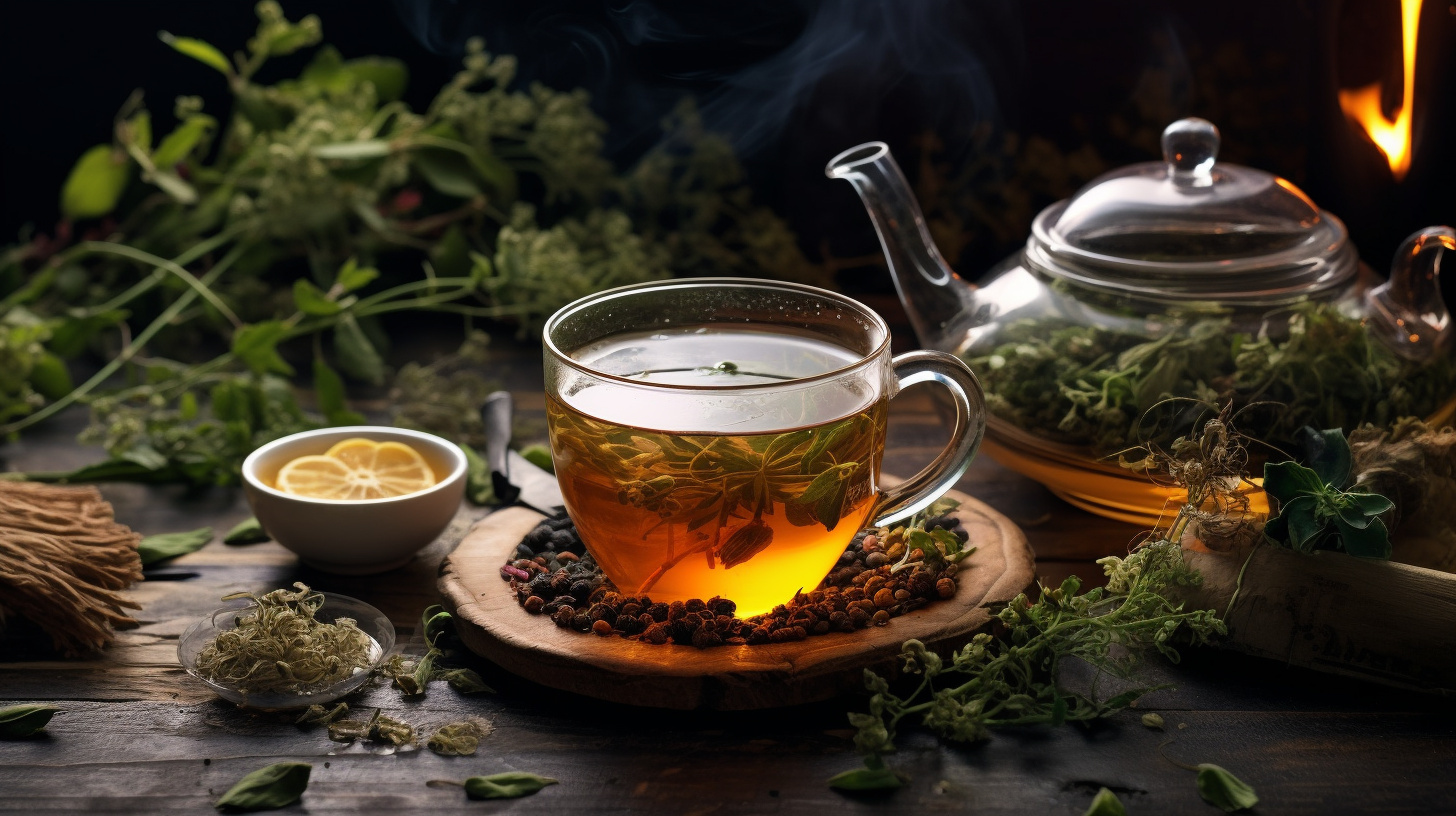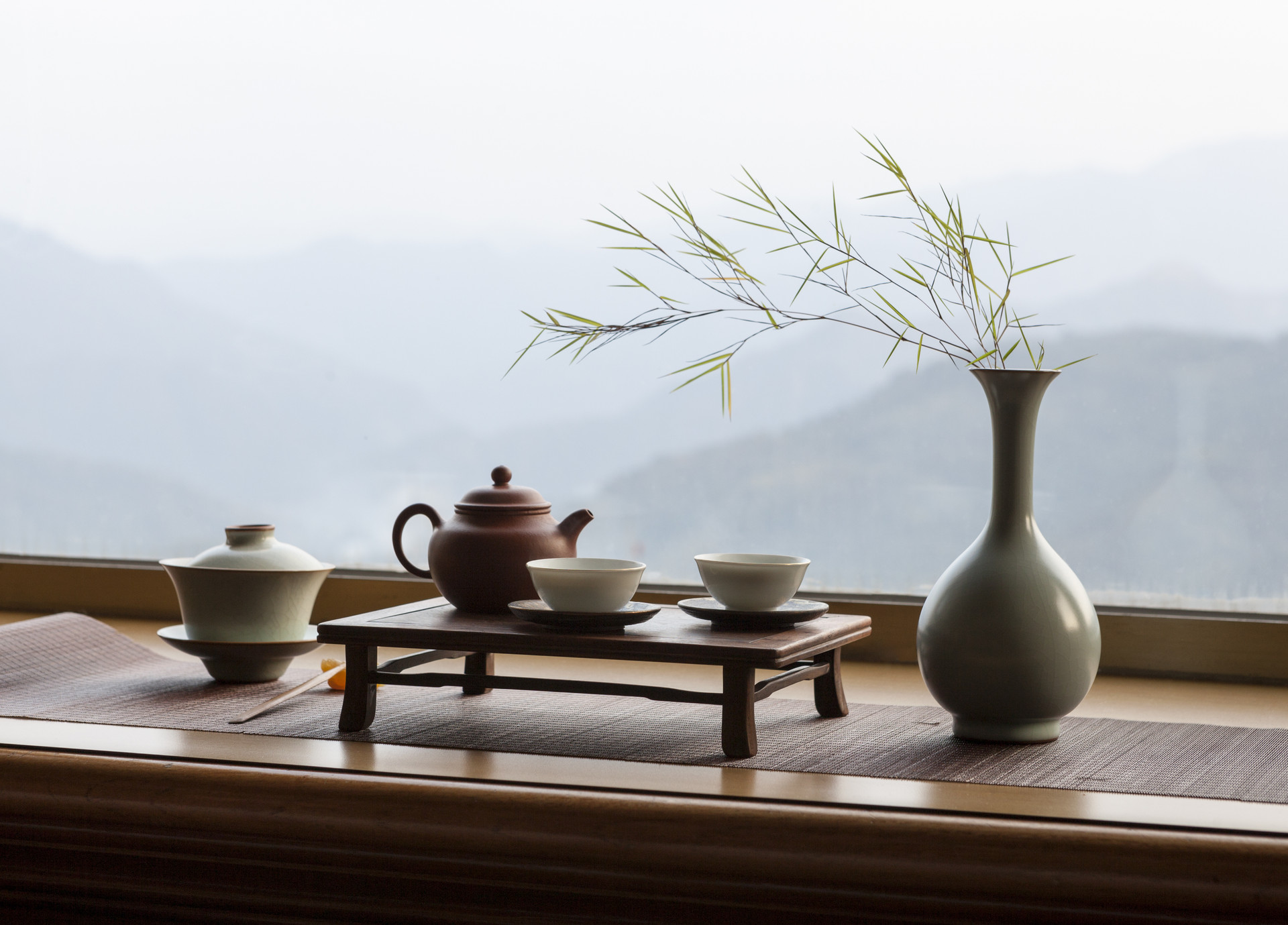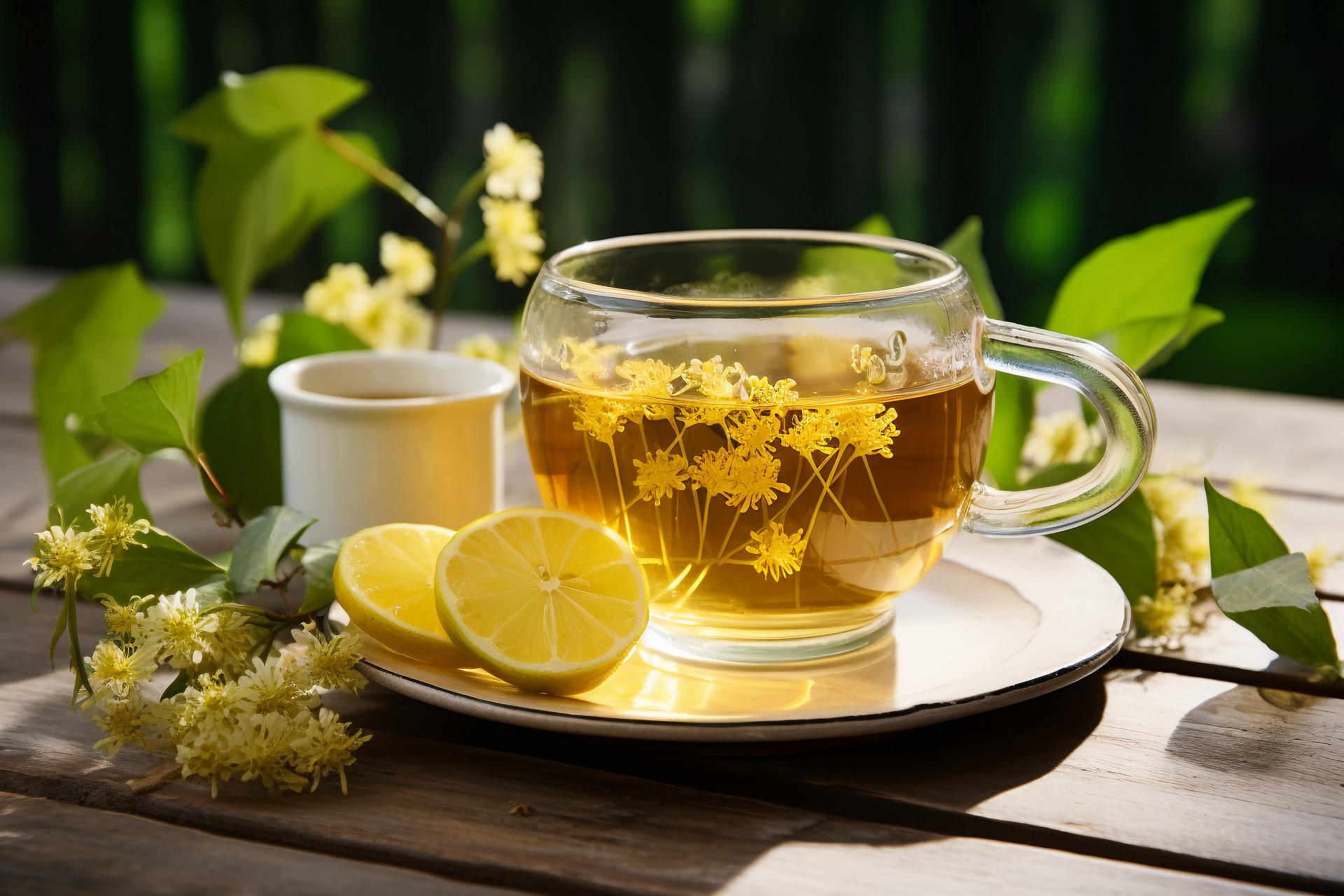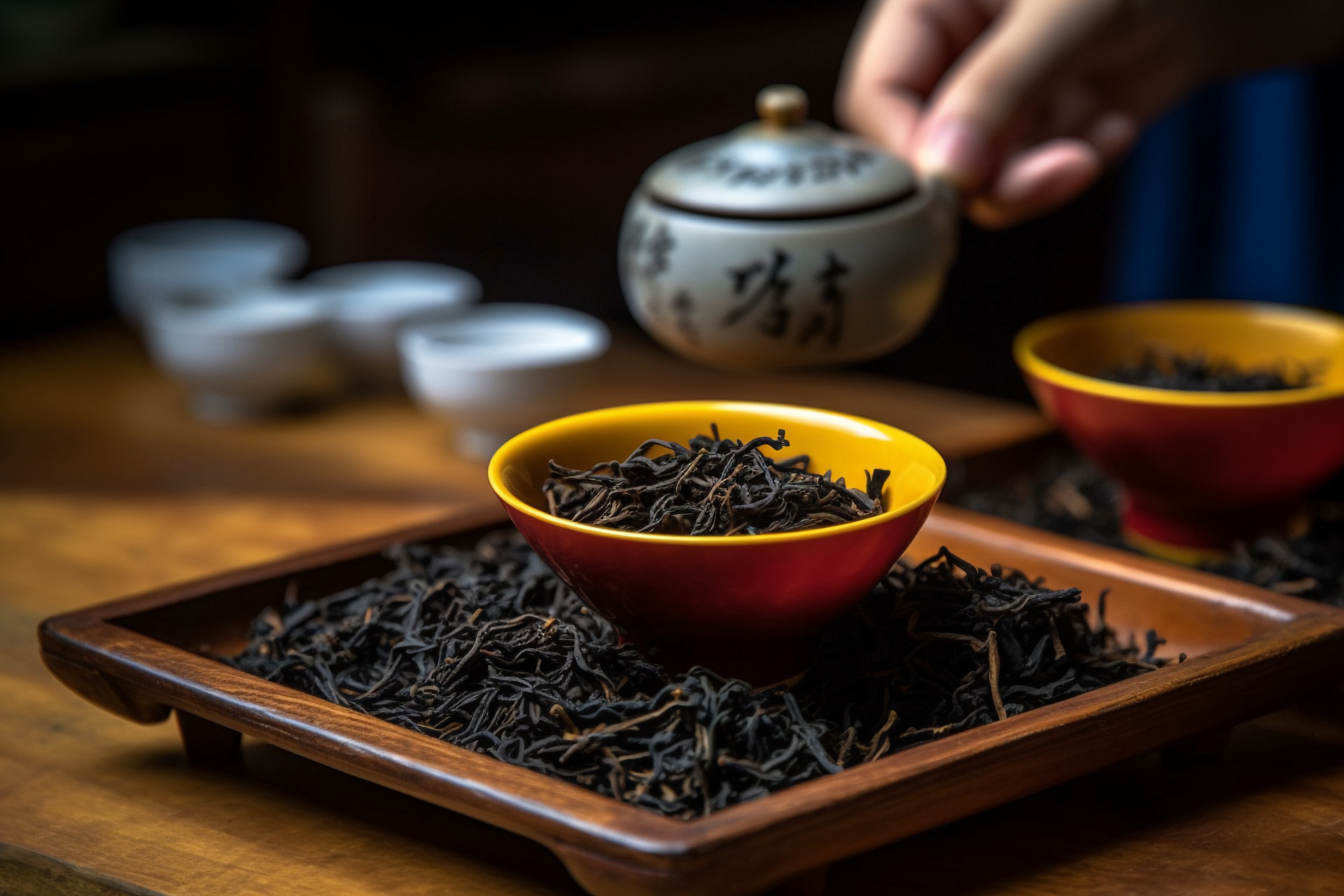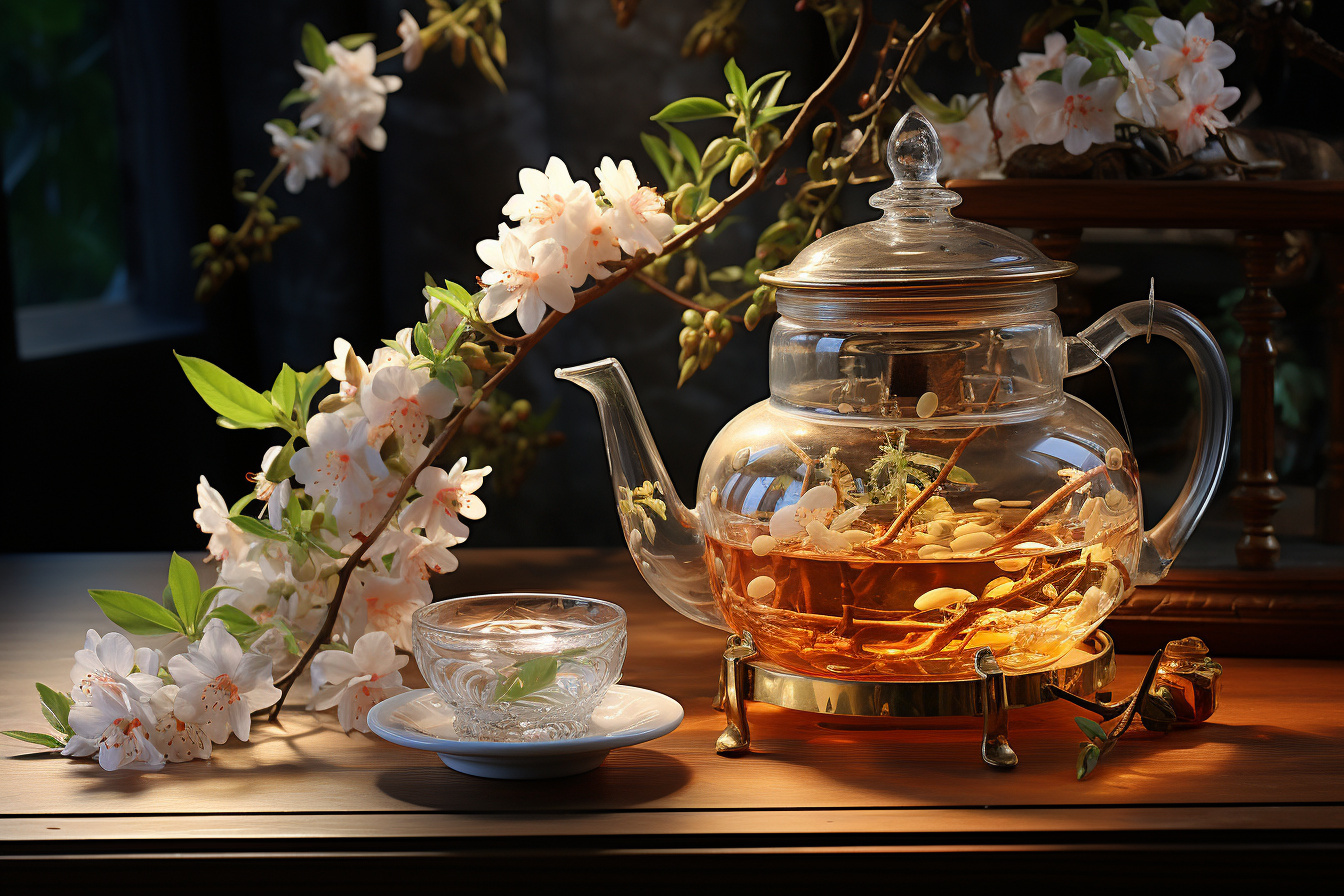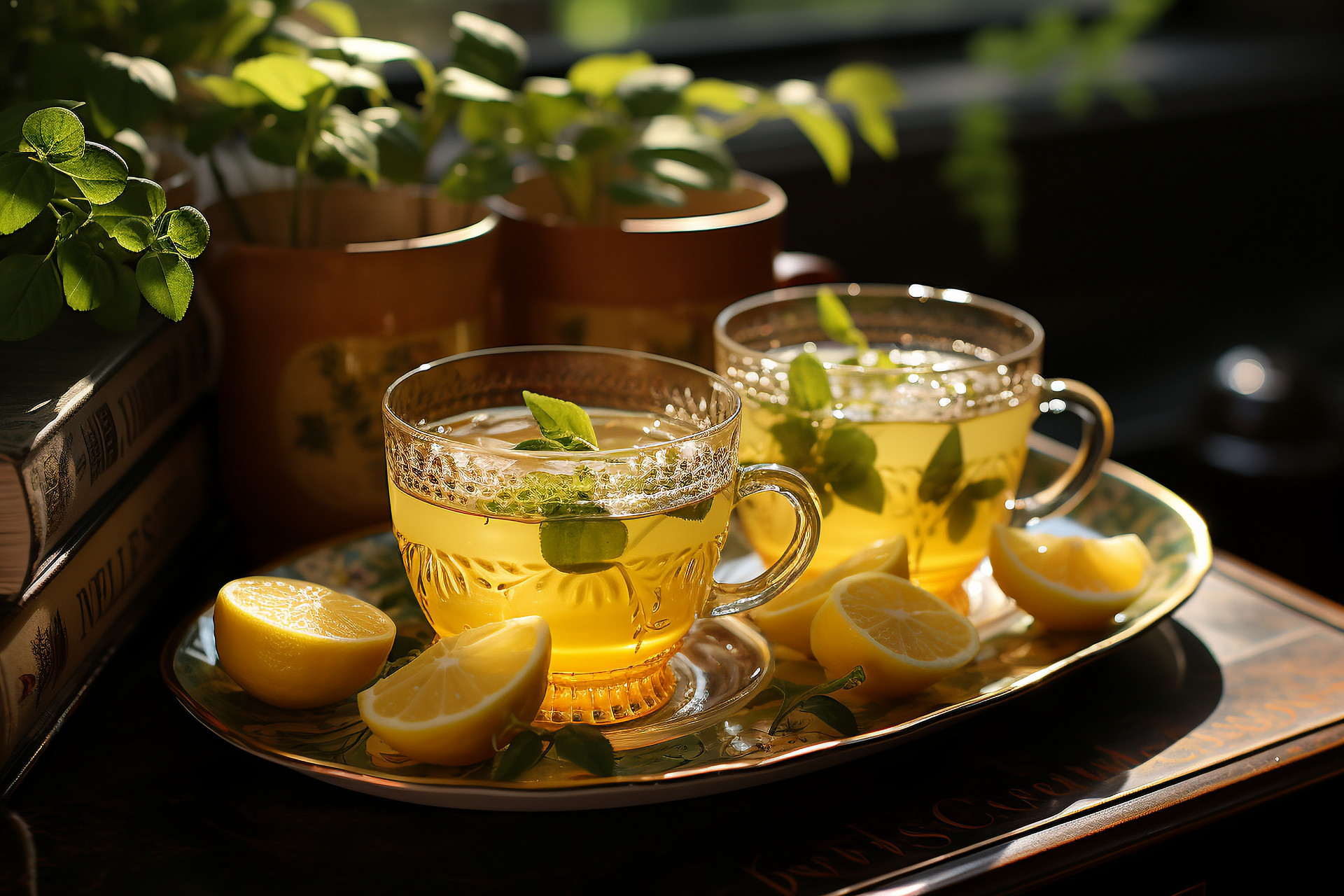Cholecystitis patients need to pay close attention to their diet. However, for many cholecystitis patients who love to drink tea, they worry that drinking tea will affect their condition. So, what kind of herbal tea can treat cholecystitis?
What kind of herbal tea can treat cholecystitis?
1. Herbal tea for cholecystitis
Drink moneywort, Sophora flavescens, and Herba taraxaci tea.
Cook moneywort, Sophora flavescens, and Herba taraxaci to make tea. Moneywort can promote bile secretion and dissolution of gallstones, and has a detoxifying effect. Sophora flavescens has anti-inflammatory and detoxifying effects. Herba taraxaci has anti-inflammatory and bile-promoting effects. It is extremely helpful for cholecystitis. So, drinking moneywort, Sophora flavescens, and Herba taraxaci tea is beneficial for cholecystitis patients.
Drink anti-inflammatory and bile-promoting tea.
Cook corn silk, dandelion, and Herba taraxaci to make tea. Corn silk has diuretic and bile-promoting effects, dandelion is good for the stomach and promotes bile secretion, and Herba taraxaci can clear heat and detoxify. This tea is particularly helpful for relieving pain and fever caused by cholecystitis. Drinking anti-inflammatory and bile-promoting tea can effectively relieve discomfort and pain. Patients who need it can drink more of this tea.
2. Causes of cholecystitis
Acute cholecystitis can be caused by sudden obstruction or impaction of gallstones in the gallbladder, twisting or narrowing of the gallbladder duct, or blockage by gallbladder worms or gallbladder tumors. In addition, during the aging process, the gallbladder wall gradually becomes thickened or atrophied, leading to decreased contraction function and resulting in bile stasis, concentration, and formation of bile acids. The relaxation of the end of the common bile duct and Oddi sphincter makes it prone to retrograde infection. Systemic atherosclerosis and increased blood viscosity can worsen gallbladder arterial ischemia.
3. Medications for cholecystitis
For acute cholecystitis, antispasmodics and analgesics such as atropine (intramuscular injection), nitroglycerin (sublingual administration), and meperidine (pethidine) can be used to relieve spasms and pain caused by Oddi sphincter and inflammation. Antibiotic therapy is used to prevent septicemia and suppurative complications. Commonly used antibiotics include ampicillin (ampicillin sodium), clindamycin (clindamycin hydrochloride), and aminoglycosides. The choice of antibiotics should be based on blood culture, bile culture during surgery, bacterial culture of the gallbladder wall, and drug sensitivity test results. Choleretic drugs such as magnesium sulfate (oral administration, not for patients with diarrhea), dehydrocholic acid tablets (oral administration), and bile acid tablets (oral administration) can be used.
For chronic cholecystitis, choleretic drugs such as magnesium sulfate (oral administration), dehydrocholic acid tablets (oral administration), and bile acid tablets (oral administration) can be used. Anthelmintic therapy should be used to treat the underlying cause. For cholesterol stones, dissolution therapy with ursodeoxycholic acid can be used. The literature reports that the efficacy of dissolution therapy can reach about 60%. After the course of treatment, maintenance doses should be taken to prevent recurrence.
How to prevent cholecystitis
1. Eat regular meals three times a day
Because the gallbladder is filled with bile when not eating, the gallbladder mucosa absorbs water, making the bile more concentrated. At this time, cholesterol/phospholipid large vesicles are more likely to form, and the viscosity of the bile also increases, eventually forming bile sludge.
When eating, when food enters the duodenum, the gallbladder contracts reactively due to the secretion of cholecystokinin, and a large amount of viscous bile with bile sludge is expelled into the intestine. Therefore, it can prevent the formation of gallstones.
2. Moderate nutrition and proper restriction of fat and cholesterol in the diet
The formation of cholesterol stones is related to the high cholesterol content in the bile. Eating too much, especially foods rich in fat and cholesterol, can increase the concentration of cholesterol in the bile and promote the formation of cholesterol stones.
3. Ensure an adequate intake of protein
Protein is a necessary nutrient for maintaining our health. Research has shown that a long-term insufficient intake of protein is related to the formation of pigment stones. Therefore, ensuring an adequate intake of protein in the diet can help prevent the occurrence of pigment stones.
Dietary principles for cholecystitis
1. The overall goal of nutritional therapy is to control the intake of fat, relieve or eliminate pain, and prevent the formation of gallstones. Severely ill patients in the acute attack period should be fasting
They can be given various nutrients intravenously. When they can eat, they should avoid eating fats and irritating foods. They can consume liquid diets with high carbohydrates in the short term. As the condition gradually improves, they can be given low-fat semi-liquid or low-fat low-residue rice. They should eat small meals and limit the consumption of meat and high-fat foods. For chronic cholecystitis, a high-calorie diet with high protein, high carbohydrates, and a moderate restriction of fat should be provided, along with an adequate intake of vitamins.
2. Sufficient calorie intake is necessary to meet the needs of patients.
If the patient is overweight, a low-calorie diet should be provided to help the patient lose weight. The fat content in a low-calorie diet should also be reduced to meet the requirements of fat restriction for gallbladder patients. The general daily calorie supply is 7531.2-8368 joules (1800-2000 calories).
3. For patients with chronic cholecystitis, in order to maintain their health, improve appetite, and promote gallbladder contraction and emptying, the proportion of protein in the diet should be increased as much as possible. The daily protein supply should be 1-1.2 grams per kilogram of body weight, but excessive intake of protein should be avoided to prevent high cholesterol levels.


![[The Risks of Eating Hawthorn During Pregnancy]](https://tcmmaintenance.com/uploads/20240715/97742b67f97f94c495ae1389337c5c41.jpg)
